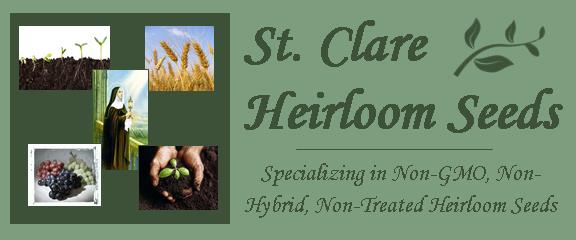No one plan or arrangement for a Heirloom / Open Pollinated Vegetable Garden can suit all conditions. Each vegetable gardener must plan to meet his own problem. Careful planning will lessen the work of gardening and increase the returns from the labor. Planting Vegetable Seeds and plants at random always results in waste and disappointment. Suggestions for planning a Vegetable garden are here presented with the idea that they can be changed to suit the individual Vegetable gardener.
The first consideration is whether the Heirloom / Open Pollinated Vegetable Garden is to be in one unit or in two. With two plots, lettuce, radishes, beets, spinach, and other vegetables requiring little space are grown in a small kitchen vegetable garden, and potatoes, sweet corn, pumpkins, melons, and other vegetables requiring more room are planted in a separate patch, as between young-orchard-tree rows or in other areas where conditions are especially suitable for their culture.
The cultivation methods to be employed are important in planning the Heirloom / Open Pollinated vegetable garden. When the work is to be done mainly with a garden tractor, the site and the arrangement should be such as to give the longest practicable rows. On slopes of more than 1½ percent, especially on light-textured soil, the rows should extend across the slope at right angles, or on the contours where the land is uneven. The Heirloom / Open Pollinated vegetable garden should be free from paths across the rows, and turning spaces of 10 to 12 feet should be provided at the ends. The rows for small growing vegetable garden crops may be closer together for hand cultivation than for cultivation with power equipment.
Any great variation in the composition of the soil within the Heirloom / Open Pollinated vegetable garden should be taken into consideration when deciding on where to plant various vegetable garden crops. If part of the land is low and moist, such vegetable garden crops as celery, onions, and late cucumbers should be placed there. If part is high, warm, and dry, that is the proper spot for early vegetable garden crops, especially those needing a soil that warms up quickly.
Permanent Heirloom / Open Pollinated vegetable garden crops, such as asparagus and rhubarb, should be planted where they will not interfere with the annual plowing of the Heirloom / Open Pollinated vegetable garden and the cultivation of the annual crops. If a hotbed, a coldframe, or a special seedbed is provided, it should be either in one corner of, or outside, of the vegetable garden.
Tall-growing Heirloom / Open Pollinated Vegetable Garden crops should be planted where they will not shade or interfere with the growth of smaller vegetable garden crops. There seems to be little choice as to whether the rows do or do not run in a general east-and-west or in a general north-and south direction, but the row in your Heirloom / Open Pollinated Vegetable Garden should conform to the contours of the land.
Heirloom / Open Pollinated Vegetable Garden
Except in dry land areas, all Heirloom / Open Pollinated vegetable garden space should be kept fully occupied throughout the gardening growing season. In the South, this means the greater part of the year. In fact, throughout the South Atlantic and Gulf coast regions it is possible to have vegetables growing in the garden every month of the year.
In arranging the Heirloom / Open Pollinated Vegetable garden, all early-maturing vegetable garden crops may be grouped so that as soon as one vegetable garden crop is removed another garden takes its place. It is desirable, however, to follow a vegetable garden not with another of its kind, but with an unrelated vegetable crop. For example, early Heirloom / Open Pollinated peas or beans can very properly be followed by late Heirloom / Open Pollinated cabbage, celery, carrots, or beets; early Heirloom / Open Pollinated corn or potatoes can be followed by fall Heirloom / Open Pollinated turnips or spinach. It is not always necessary to wait until the early vegetable garden is entirely removed; a later vegetable garden may be planted between the rows of the early crop for example, Heirloom / Open Pollinated sweet corn between potato rows. Vegetable garden crops subject to attack by the same diseases and insects should not follow each other.
In the extreme North, where the season is relatively short, there is very little opportunity for succession cropping. In dry land areas, intercropping generally is not feasible, because of limited moisture supply. Therefore, plenty of land should be provided to accommodate the desired range and volume of Heirloom / Open Pollinated Vegetable garden crops.
Although Heirloom / Open Pollinated Vegetable Gardening is commonly considered a spring and early-summer enterprise, the late summer and fall Heirloom / Open Pollinated Vegetable Garden deserves attention too. Second and third plantings of vegetable garden crops adapted to growing late in the season not only provide a supply of fresh garden vegetables for the latter part of the season but often give better products for canning, freezing, and storing. Late grown Heirloom / Open Pollinated snap and lima beans and spinach, for example, are well adapted to freezing and canning; Heirloom / Open Pollinated beets, carrots, celery, and turnips, to storage. In the South, the late autumn Heirloom / Open Pollinated vegetable garden is as important as the early autumn one.

